I had a much-needed break Friday. My goal was to photograph Donner State Park in the snow on the 175th anniversary of their ill-fated journey. Austin of Nevada Expeditions kept me company and, as always, showed me little treasures along the way.
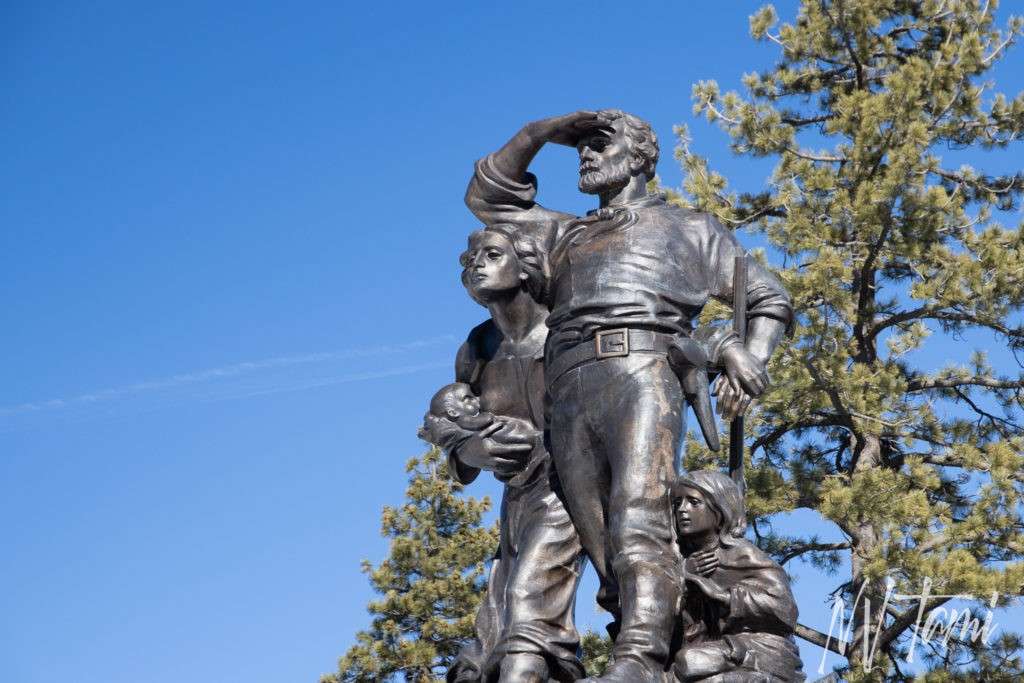
Avansino Ranch
Our first stop was at Mogul. The Avansino Ranch was originally deeded in 1869 to Crystal Peak hotel and store owner Uriah D. Mastin. Lazzaro Avansino purchased the ranch and constructed the stone house in the early 1900s. It is now part of the Truckee River Greenbelt and Regional Open Space Program.
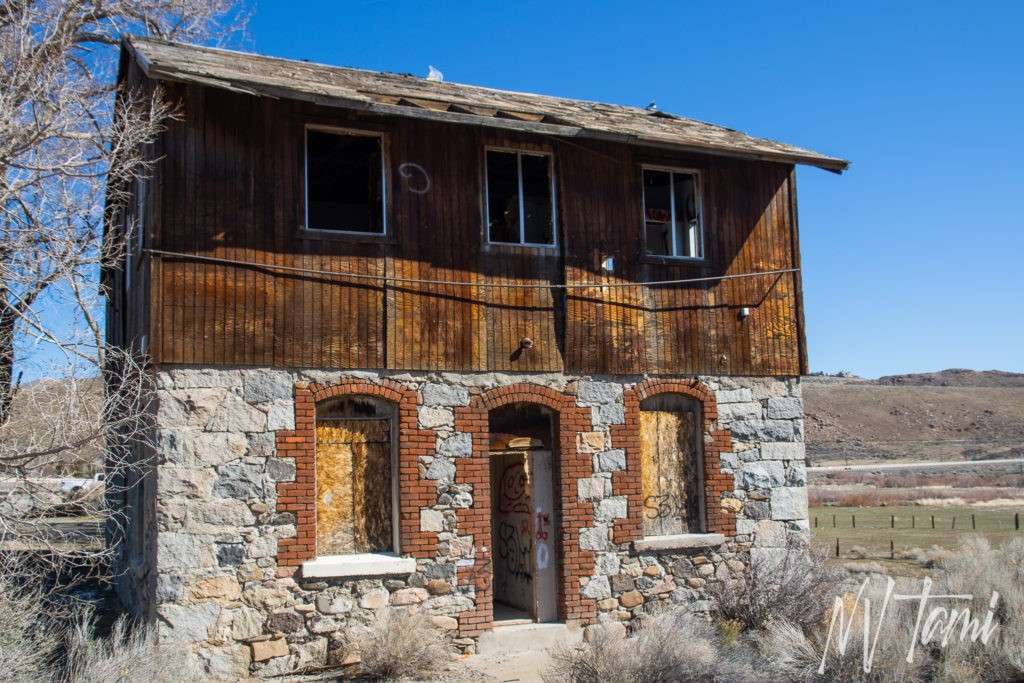
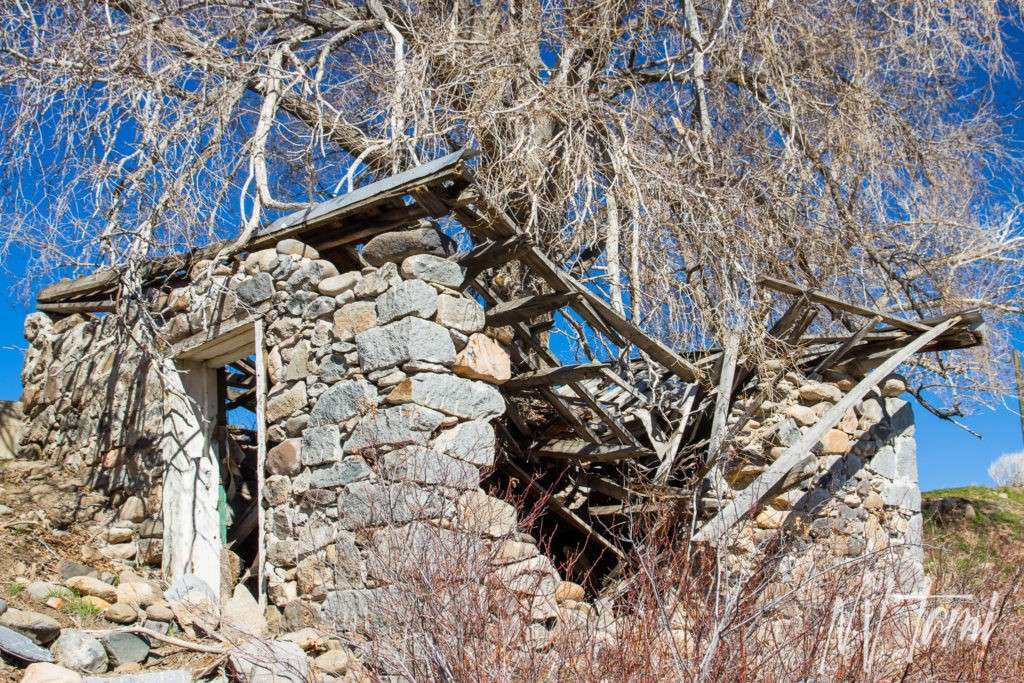
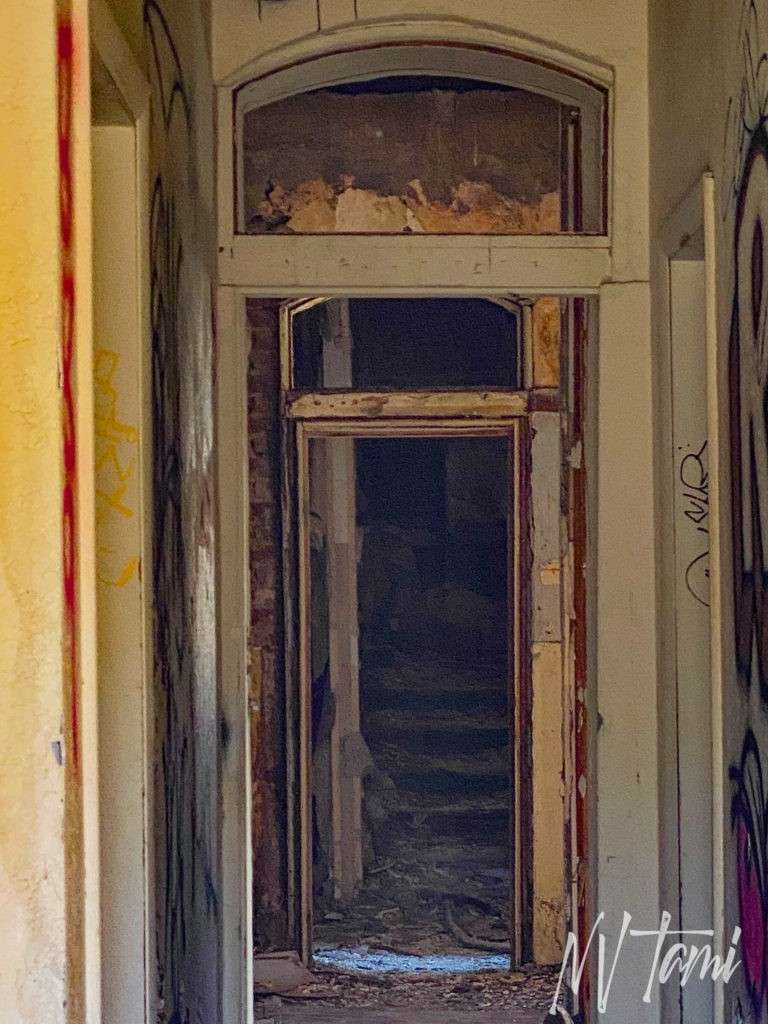
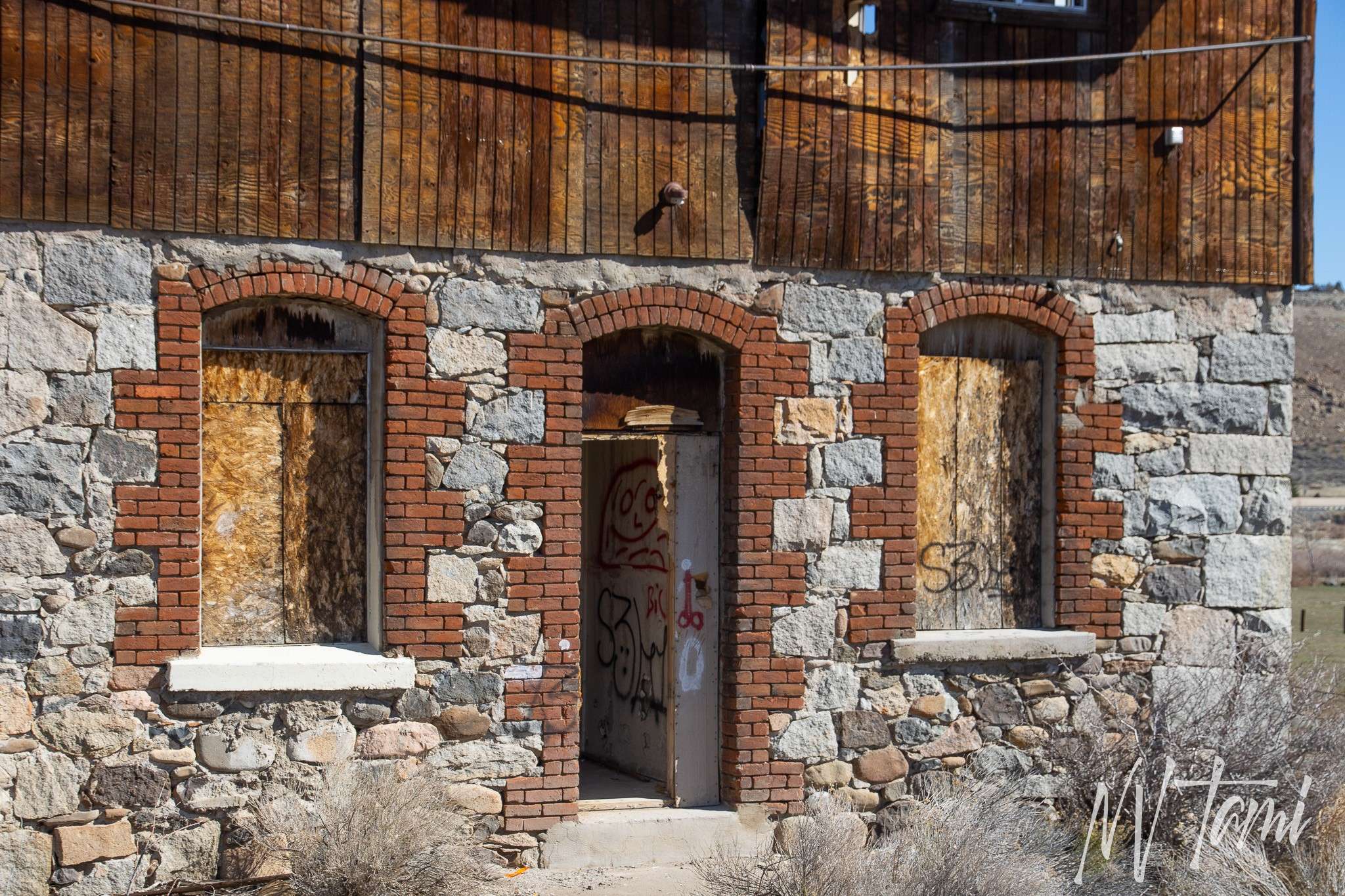
Old Town Verdi
Next, we headed to Verdi; I have been there multiple times but always at Cabellas. We visited the old school and buildings in the old town. Verdi was established in the late 1860s with the construction of the Central Pacific Railroad. Large logging companies provided railroad ties and other lumber products.
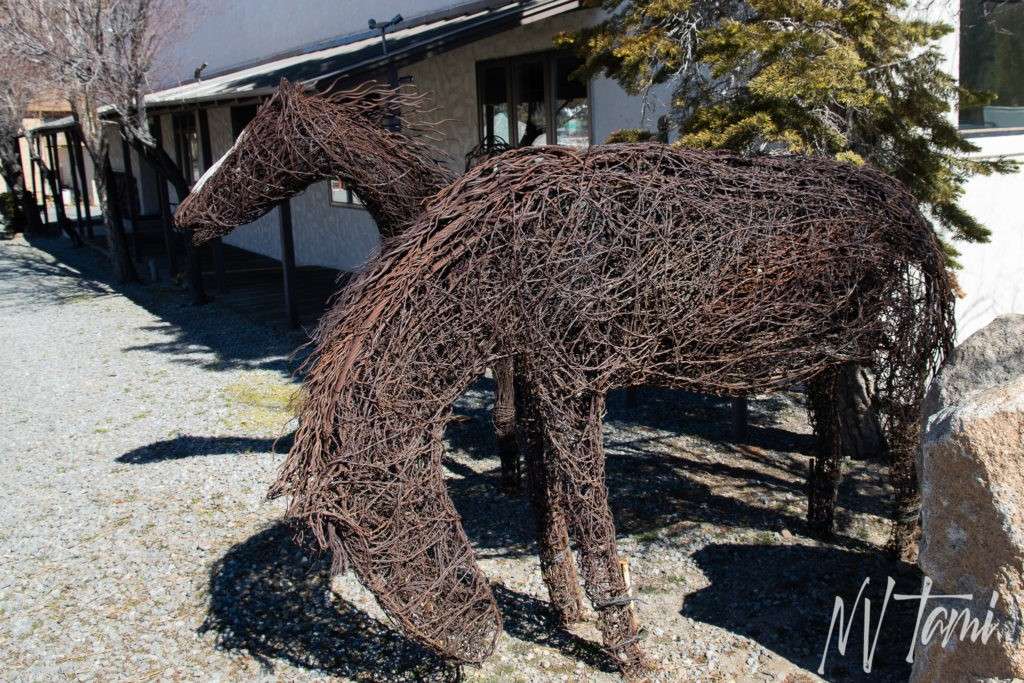
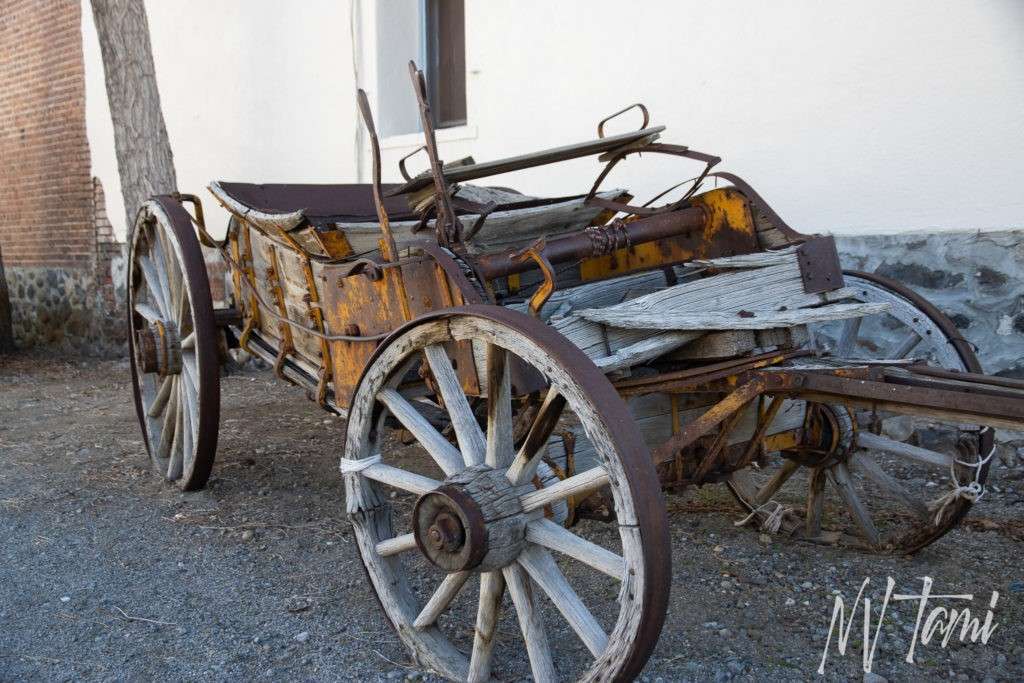


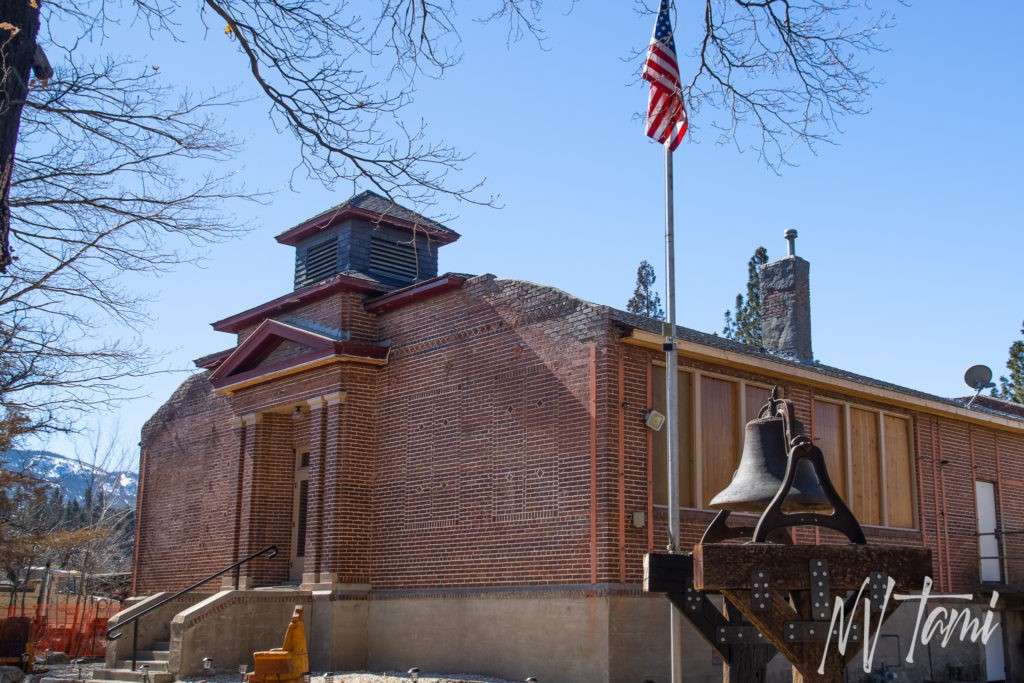
Inyo Marble Works
Inyo Marble Works was outside of Verdi and active between 1890 and 1924. The marble was shipped to California and used in many well-known buildings in San Franciso.
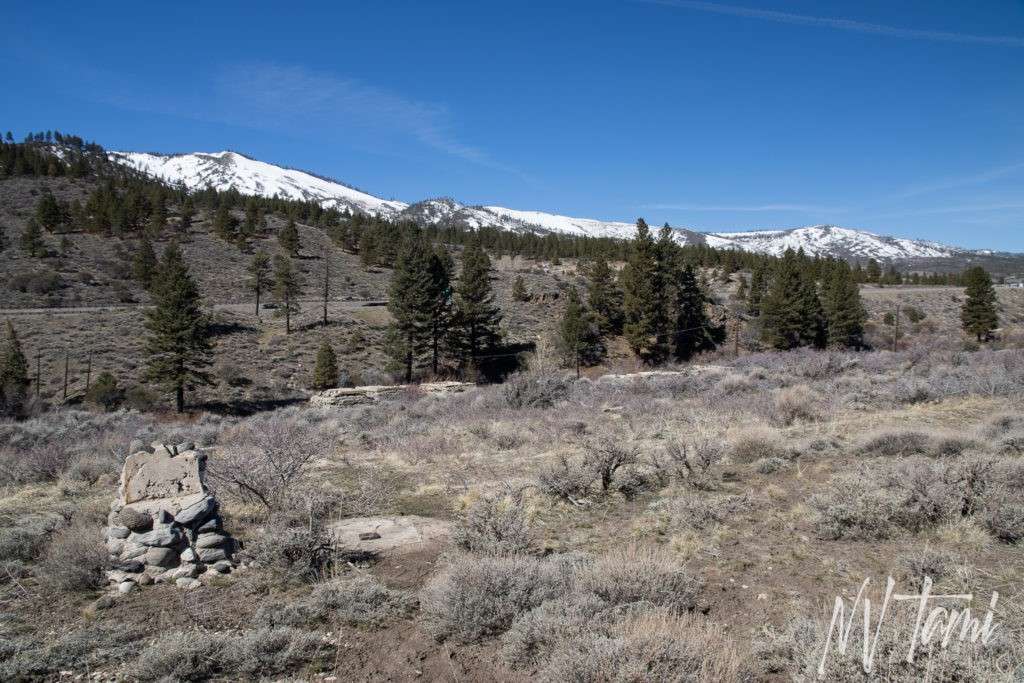
Verdi Glen Resort
Then it was the 1920s Verdi Glen Resort, a popular roadhouse restaurant, and nightclub which burned in 1938.


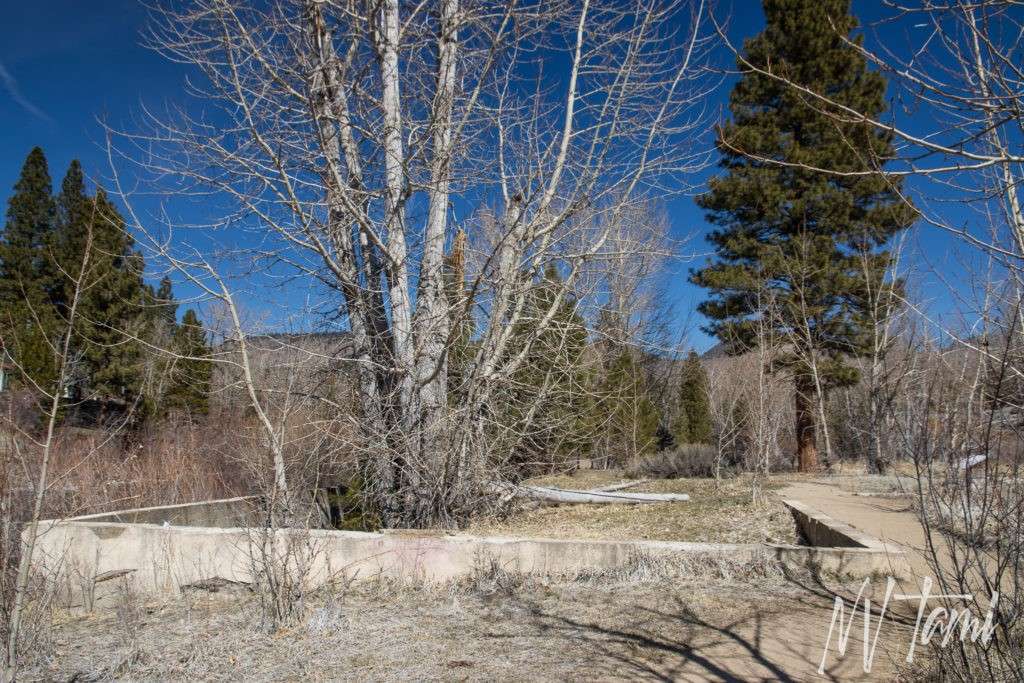
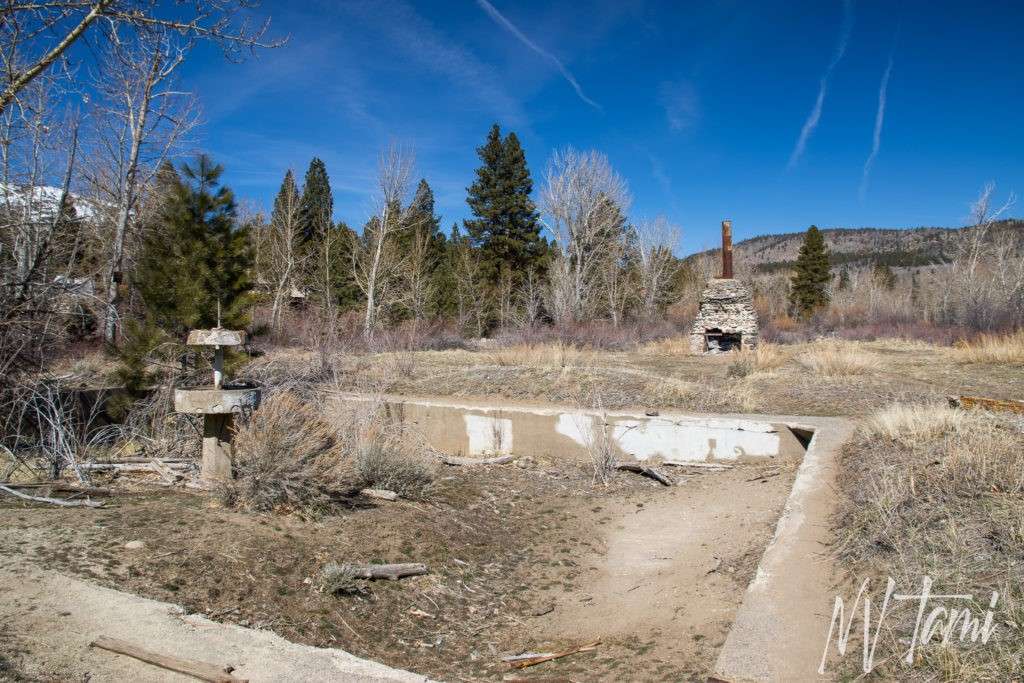
Verdi Lumber Company
Adjacent to the property is the site of the Verdi Lumber Company and Truckee River Millpond.
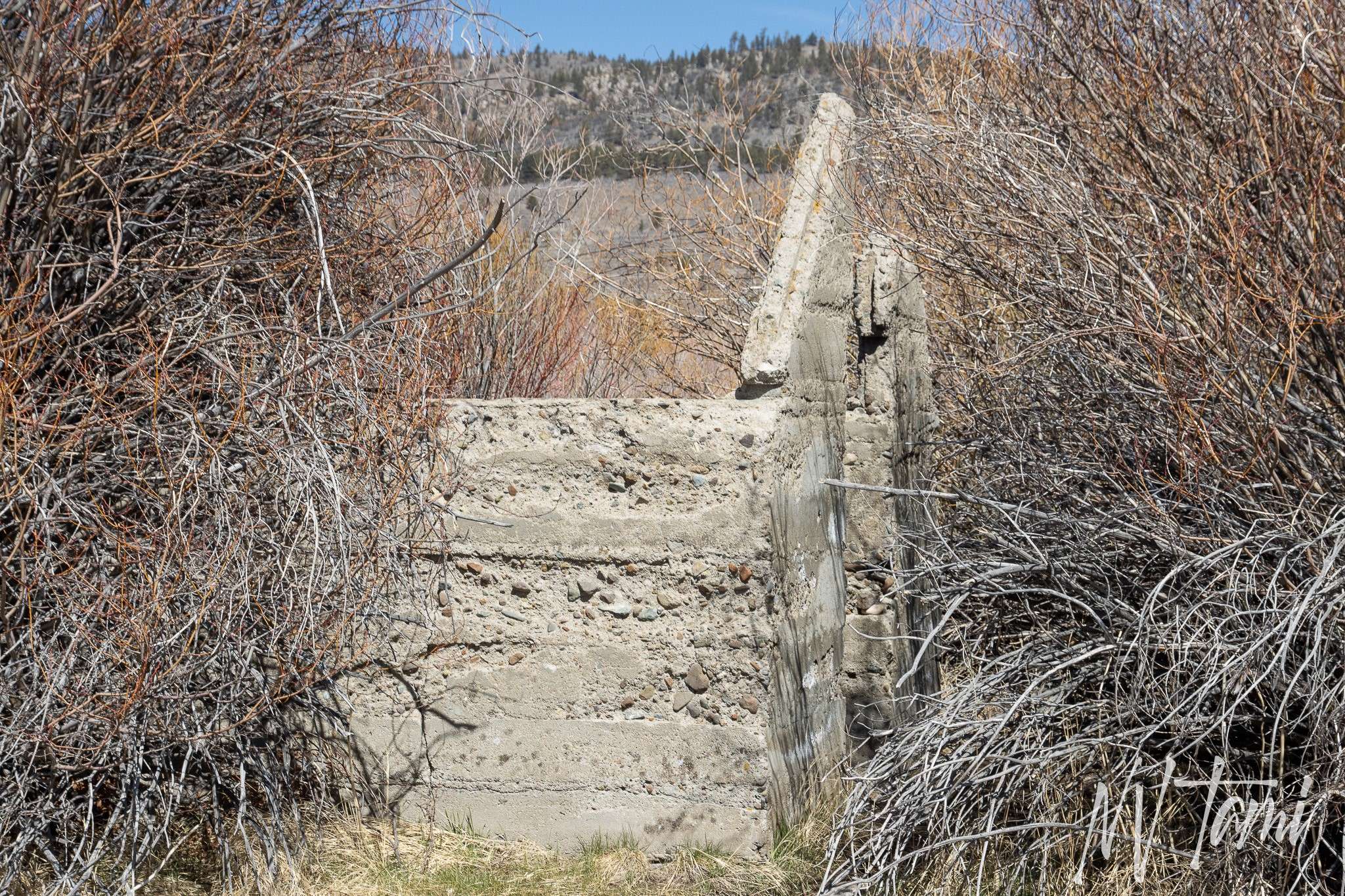
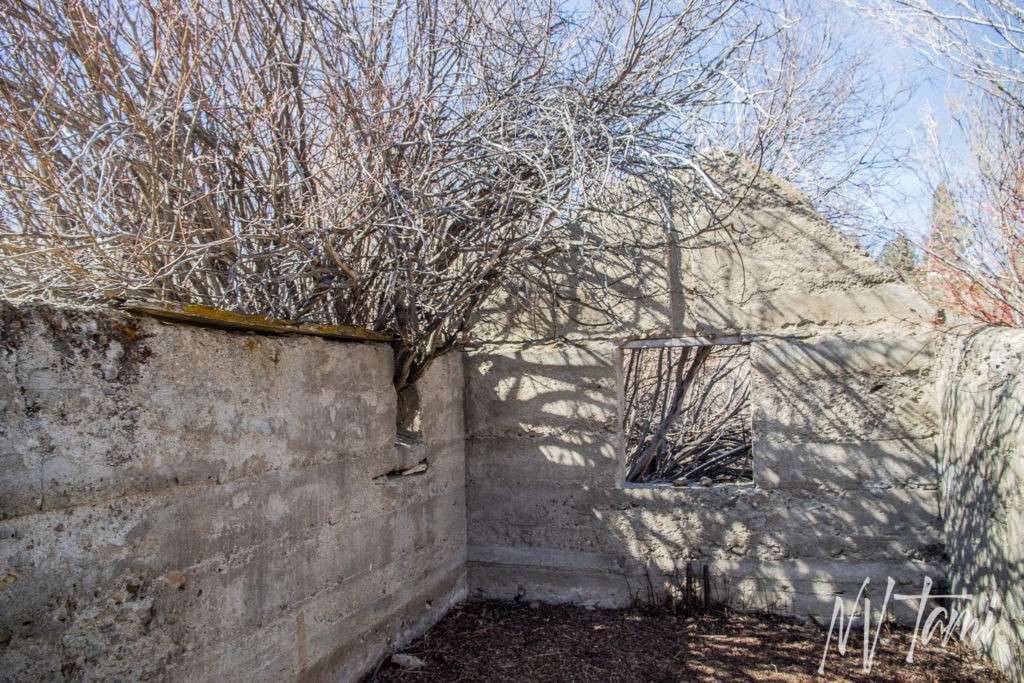
Floriston
We made a brief stop-off I80 in Floriston, which strangely enough, I had come across last week in researching the kilns outside of Dayton—established in 1872 as a railroad and a pulp and paper mill.
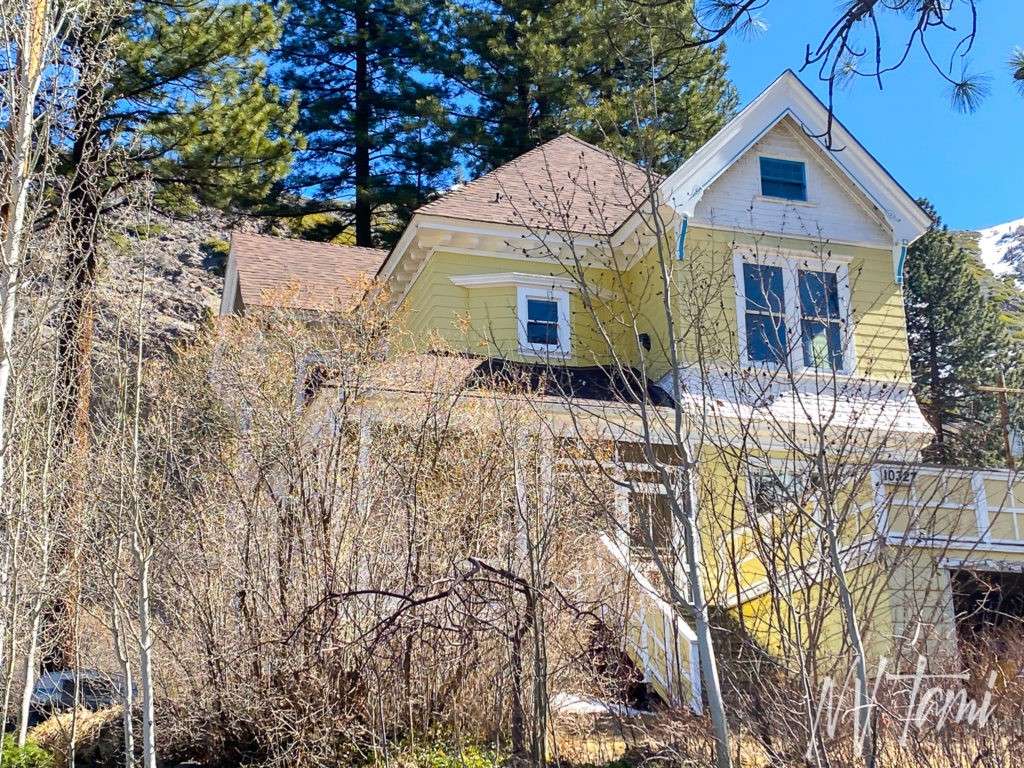

Boca
My favorite stop of the day was Boca. The town lasted from 1867 to 1927 as a railroad and lumber company. Boca grew to include a brewery, ice house, and elegant hotel for train travelers.

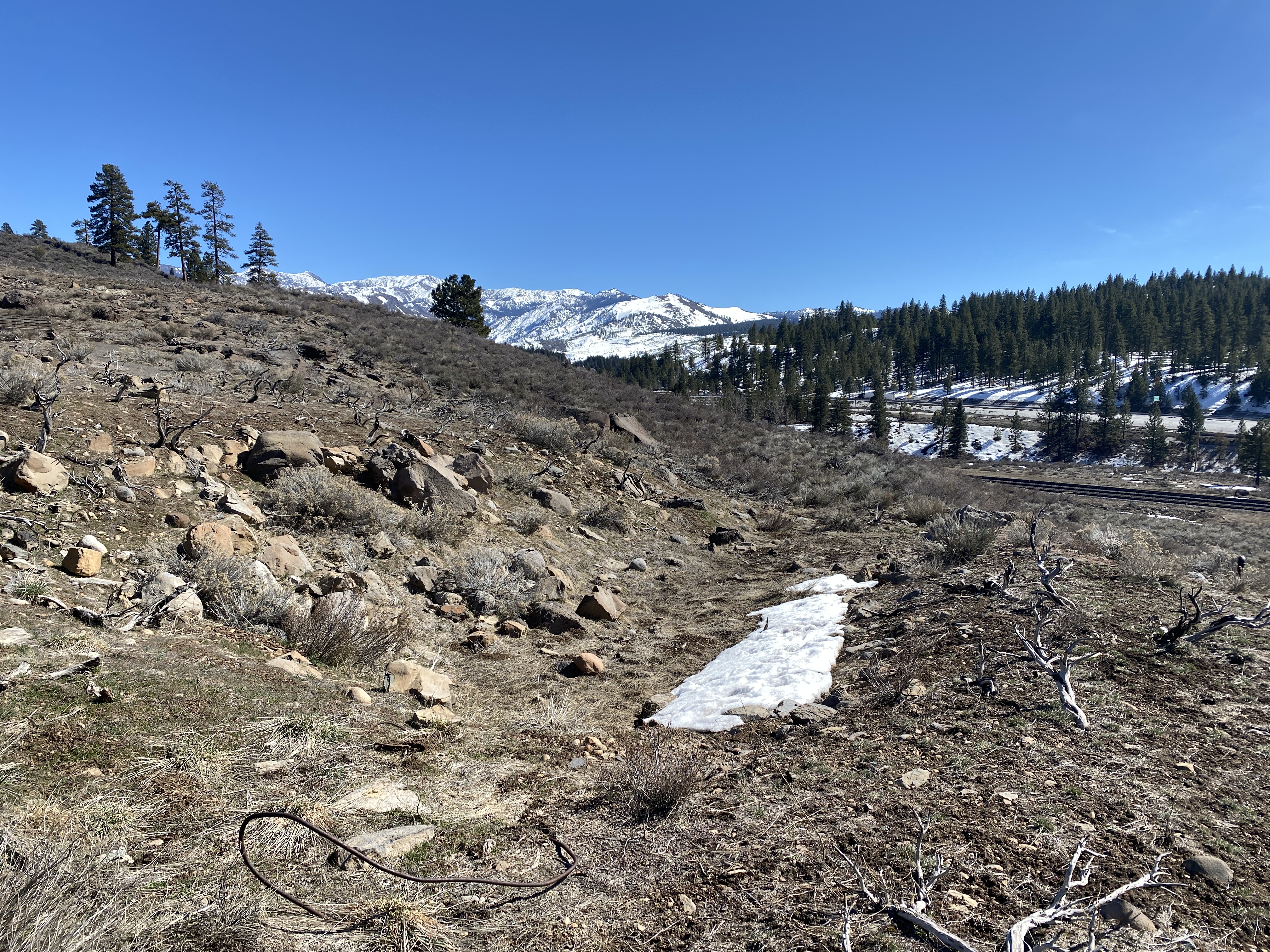

Donner State Park
We had planned lunch in historic Truckee, but the tourists were crazy. So instead, we grabbed lunch at Panda Express and had a picnic at the park. It was strange eating only a few hundred feet from the cabins.
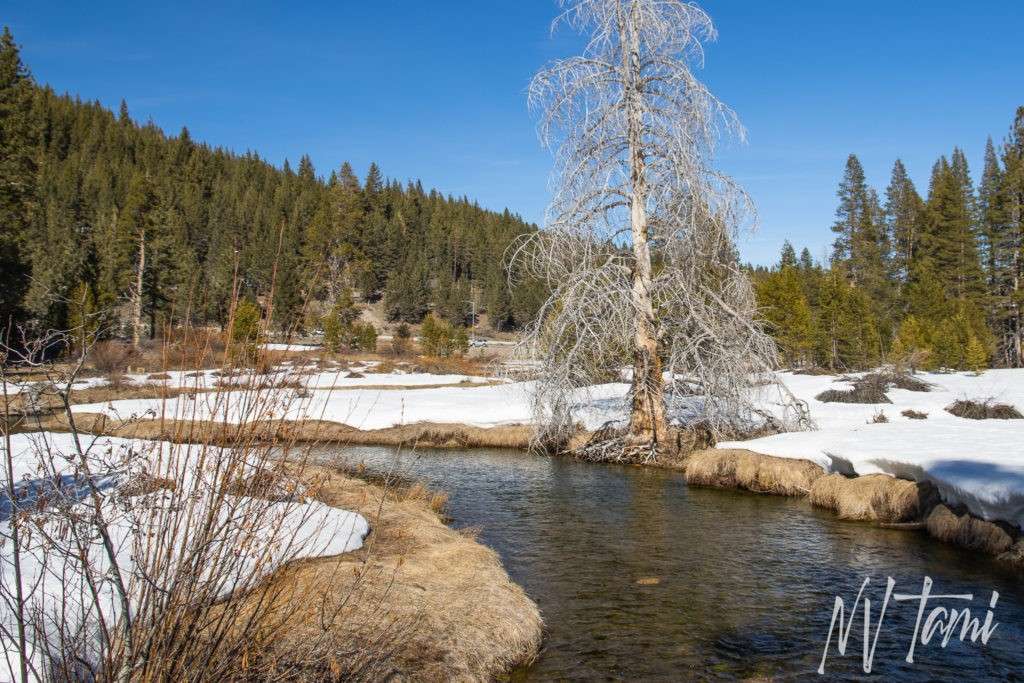


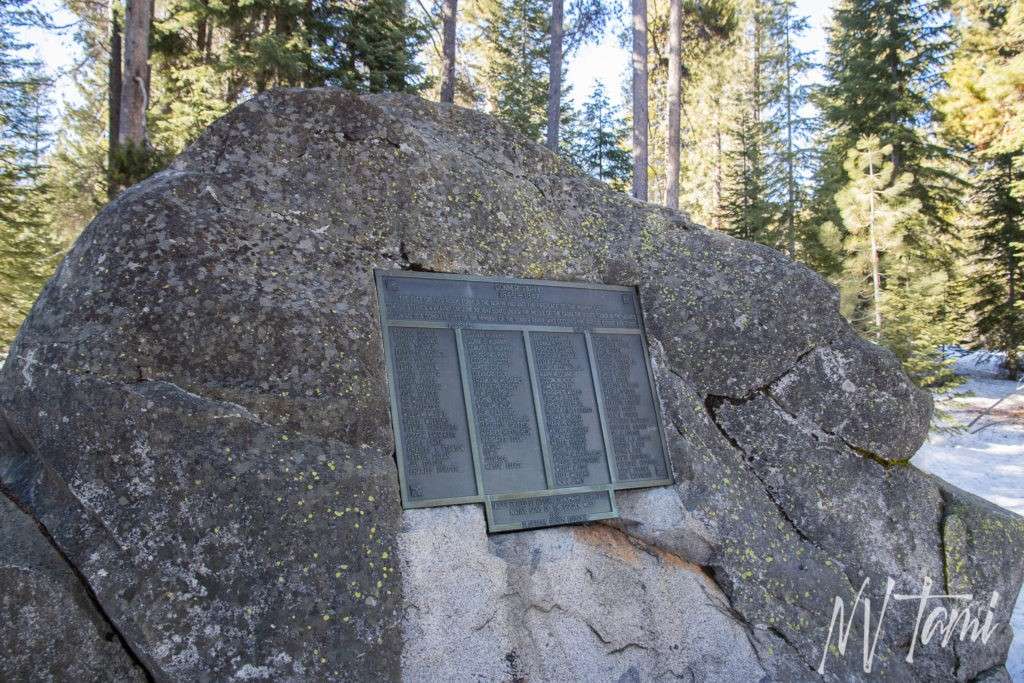
Hunter’s Station
The original plan was to visit the Truckee Train Tunnels and Rainbow Bridge, but it was getting late, so we headed back to Reno. We made a few quick stops along the way, checking Hunter’s Station off both of our lists. The Station was an 1860s river crossing of the Truckee River including a hotel and store. It was later was renamed Mayberrys.

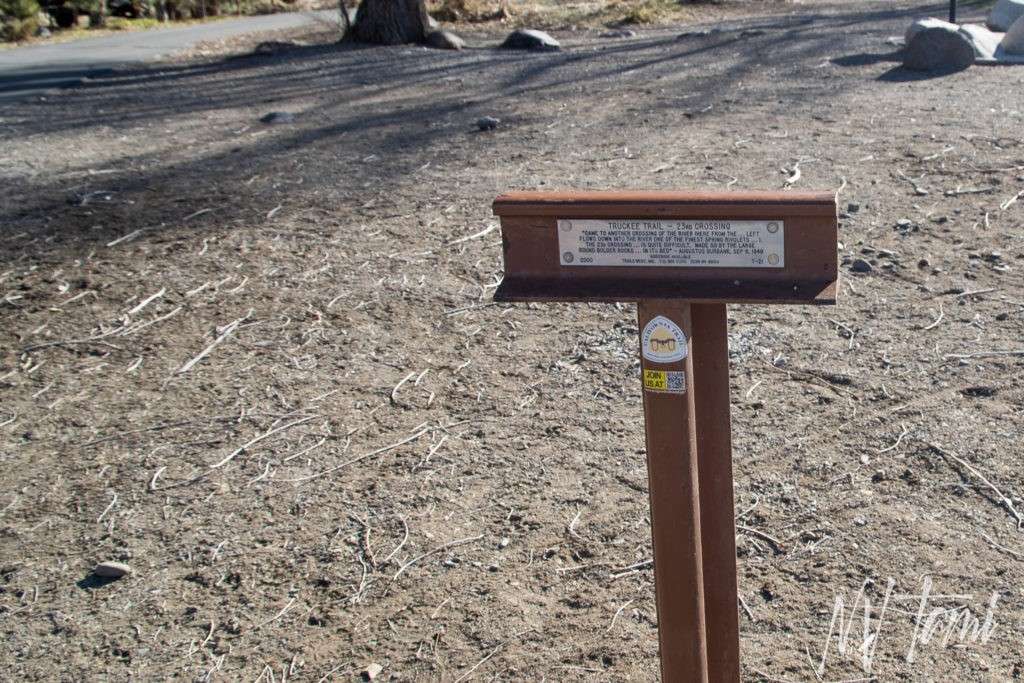
Honey Badger and my mom SUV got baths. The winch cable is cleaned and reloaded for the next time it is needed.
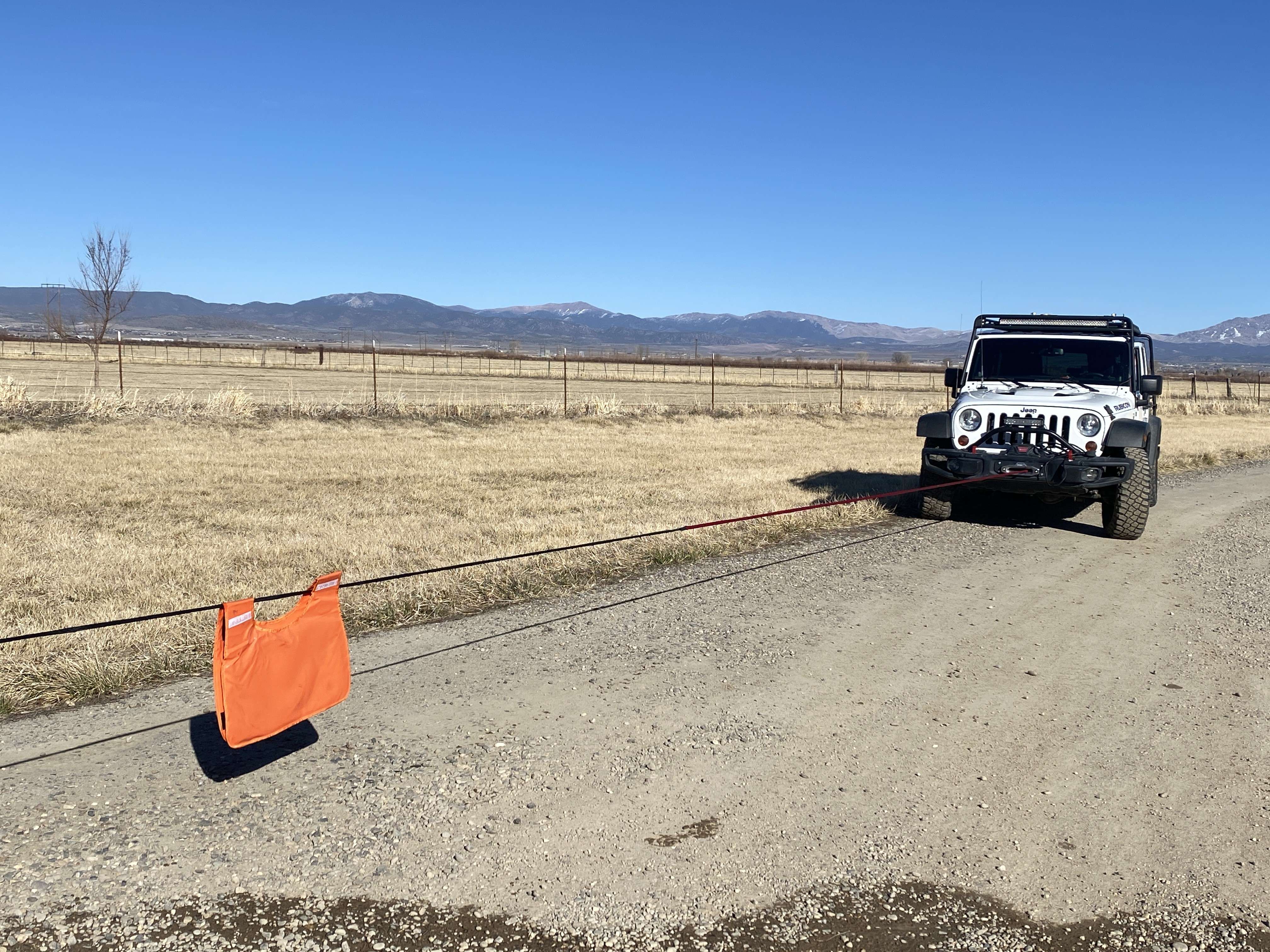
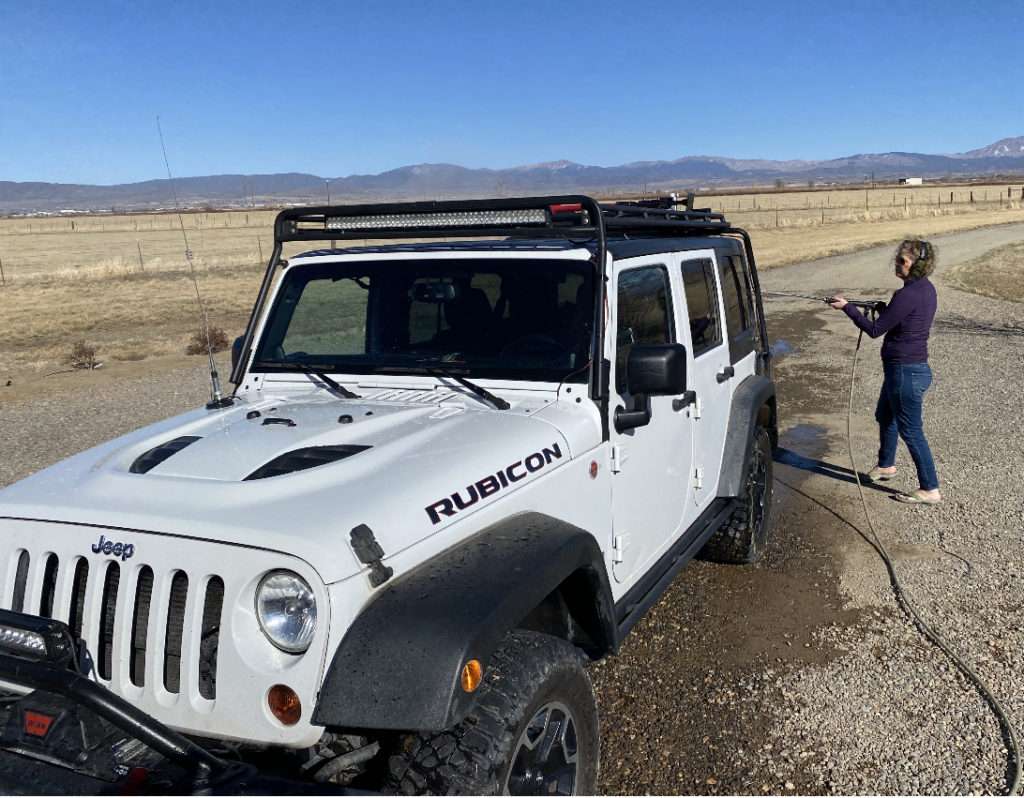
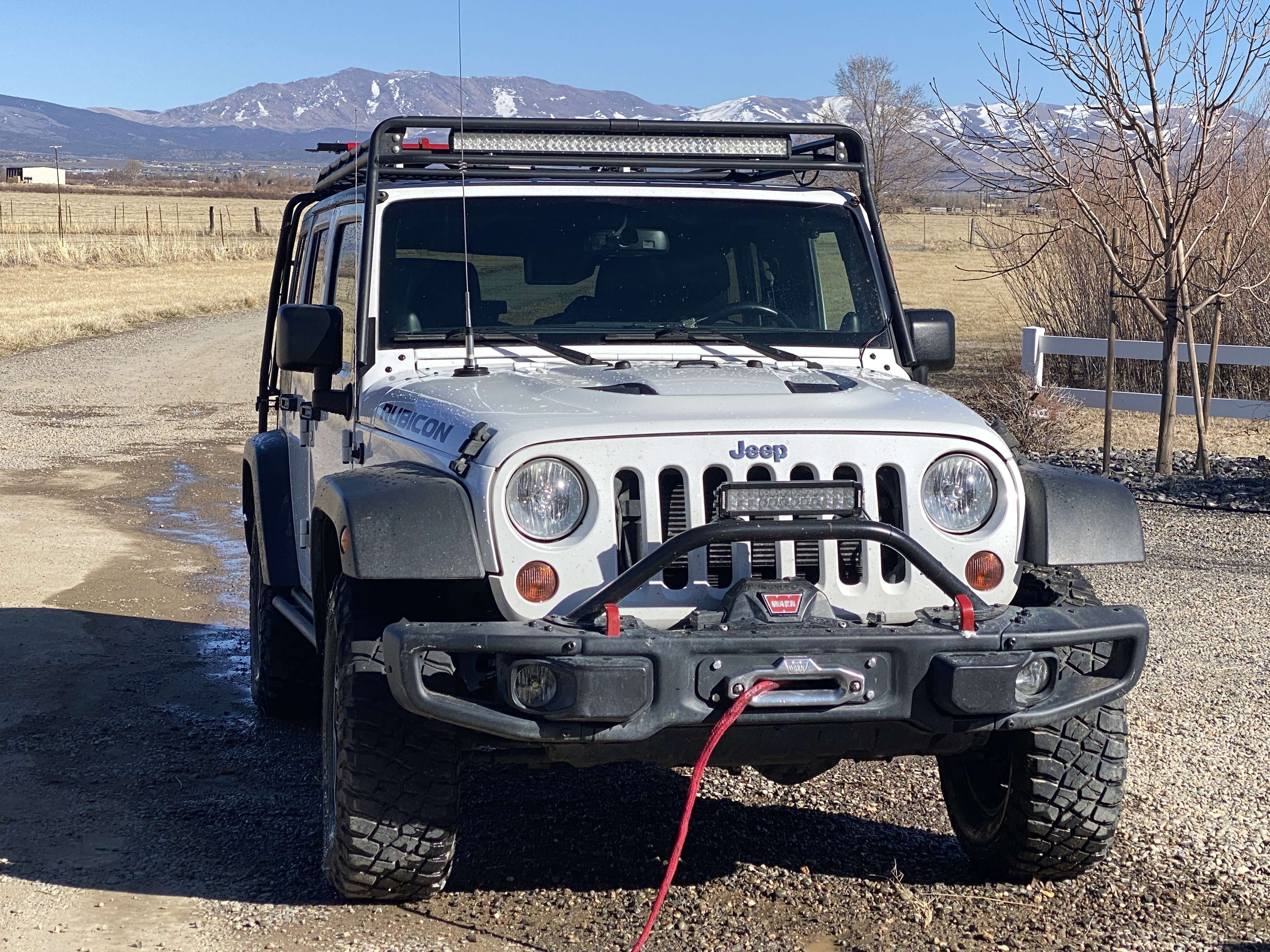
I am sorry for any weird formatting. I am back at Shriners and having computer issues.
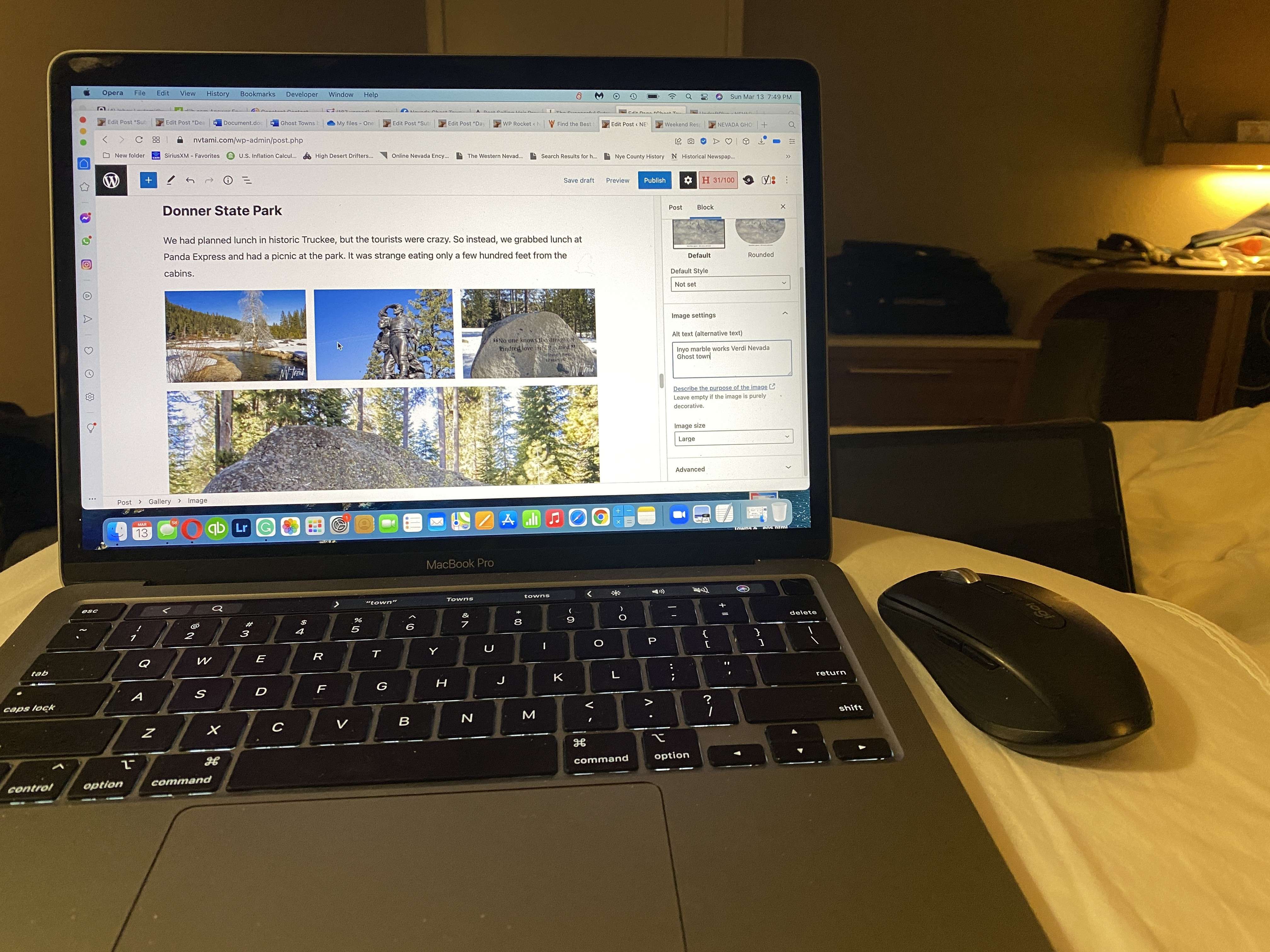
My desk tonight. Kids choice for dinner, Indian food.
Harmony Heywood says
I love that drive! The ghost towns of the Truckee River Canyon have such a rich and colorful history. I just have a few small historical corrections to mention.
Floriston was not established until 1899. There was a nearby town called Bronco, dating back to the 1860s. The Bronco post office opened in 1872, which might explain the date confusion. Unfortunately, an incorrect marker was placed at the spot by the Clampers, highlighting the importance of proper historical research. It’s astounding how one person’s mistake can effectively change history, and it’s truly disheartening to see what they did.
On a lighter note, there’s an interesting side story related to your previous post about Von Schmidt and the state line surveys. With each new survey, the town of Bronco kept shifting between California and Nevada, and the post office changed states several times.
As for the town of Boca, it didn’t perish in 1927. While the ice company went out of business that year, a few resilient souls remained. Most of the town was dismantled in 1939, but the post office continued operations until 1945.
Now, let me provide you with a bit more background on Hunters Station. Hunters Station began as Stout’s Crossing in 1860, named after its owner. Unfortunately, Stout passed away in 1862 when the bridge was washed away during a great flood. Heunter kept a hotel at Stouts Crossing, and after Stouts death, the bridge was rebuilt, leading to the place being known as Hunter’s Crossing. It’s essential to include a complete history, as excluding certain details can effectively erase people’s lives, such as Stout’s in this case. Historical blogging carries such a profound importance.
Tami says
Thanks for the date correction. I pulled the information from the sign. This was a travel update so I didn’t start research.
I have travel updates which are a quick summary of where I visited. For full articles I research extensively through a variety of sources. It takes about a week for a full article. I have visited so many places I unfortunately can’t do a full article on each site. If you have a source for Stout I would love to add it to the article.
Harmony Heywood says
I completely understand, plus we should be able to trust the historical markers. Luckily this one is more the exception rather than the rule. I feel you on the research, I know first hand what a time consuming project it is. I hope my post didn’t come off condescending I am just trying to make sure the correct history (and not the marker) is out there. Your page is great! I always love a fellow history lover *especially nevada history*
Tami says
Thank you. As I’m sure we both know, what is known about history changes as more resources become available. Keep growing my library, online sites and historical newspapers. Even what we know about the emigrant trails changes as diaries are transcribed. Sometimes, there are conflicts in history, even between period resources. I try and go back and update articles as new information arises, but I have a backlog. I’m going to email you additional information about Washington. We could probably both work full time for the rest of our lives and never document and maintain everything.